Aranzadi confirms that the Neanderthals lived in the cave of St. Adrian
Archaeologists have recovered pieces more than 40,000 years old. Aranzadi has been digging in this tunnel in Gipuzkoa, in the Aizkorri Mountains, for two decades.
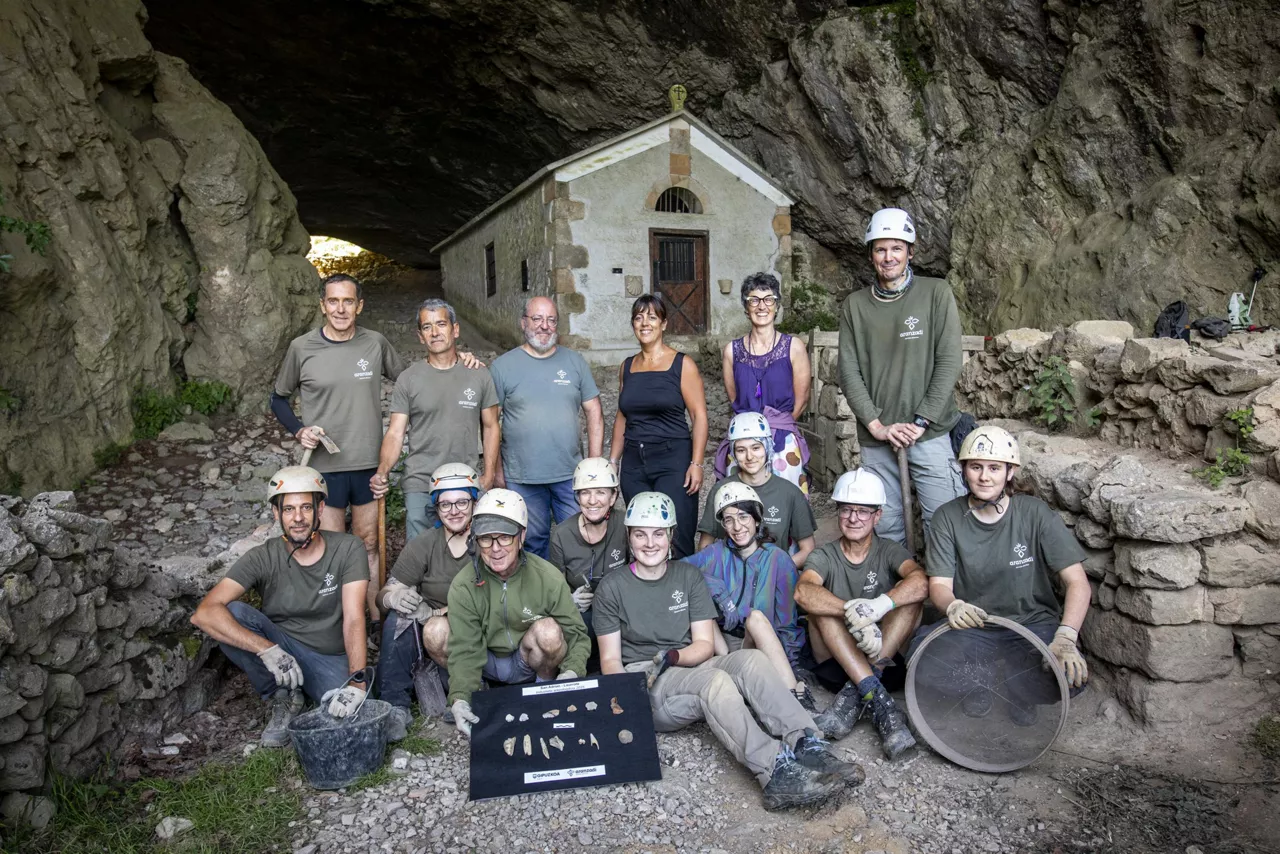
Aranzadi team excavated this year with representatives of the Provincial Council of Gipuzkoa.
The Aranzadi Science Society has confirmed theexistence oftheNeanderthals in the cave of San Adrian-Lizarrate . The archaeologists of that society have recovered pieces of Mousterian cultureover 40,000 years old in the site located in Gipuzkoa, on the skirt of Mount Aizkorri and near Álava.
Teams of archaeologists from Aranzadi have been digging at this site for two decades, and from the beginning they have had "positive results", since all these years they have found archaeological materials from the Middle Ages, the Bronze Age and the older ages (the Madeleine period, 14,000 years).
In August 2023, it was reported that evidence of the use of the tunnel had been found by the Neanderthals. They then stressed that for the first time traces of these humans had been found at an altitude of 1,000 metreson the Cantabrian side, and considered it an important fact, given the low temperatures on the continent at that time.
In a statement released this Thursday, Aranzadi explains that in July a team of about 10 volunteers and professionals dedicated to archaeology conducted "two very sakon" (nearly 3 meters) , with the intention of finding prehistoric remains.
In the first poll, pieces have been found from the Madeleine period, that is, homo sapiensthat lived about 14,000 years ago. n the first poll, they have managed to reach very old clues : "They have found traces of a species other than ours, namely Neanderthals."
They often used the passage.
According to Jexux Tapia , director of the Aranzadi Science Society's Prehistoric Department, the materials found show that Neanderthals used San Adrian "frequently " during the warmest phase of the last glaciation, about 41,000 years ago, "not only occasionally."
Among the remains found, different types of rocks have been identified for the carving of cutting instruments; in the case of silex, varieties brought from Urbasa, Treviño and Flysch.
In his words, "that means that the Neanderthals took St. Adrian as a strategic gateway to nomadic journeys . "

In addition to stone remains, fragments of animal bones have been recovered, some of which belong to pieces consumed by Neanderthals, but there are also traces of other carnivores that occupied the cave, such as bears.
"We must therefore distinguish between the bones corresponding to the prey captured by the Neanderthals and those carried by the carnivores, taking into account the fractures and marks observed in each bone."
Aranzadi foresees an increasing number of pieces in the layers where these remains have been found and hopes to recover a wider range of evidence in subsequent campaigns to interpret the activities of the Neanderthals in San Adrian.
More news about society
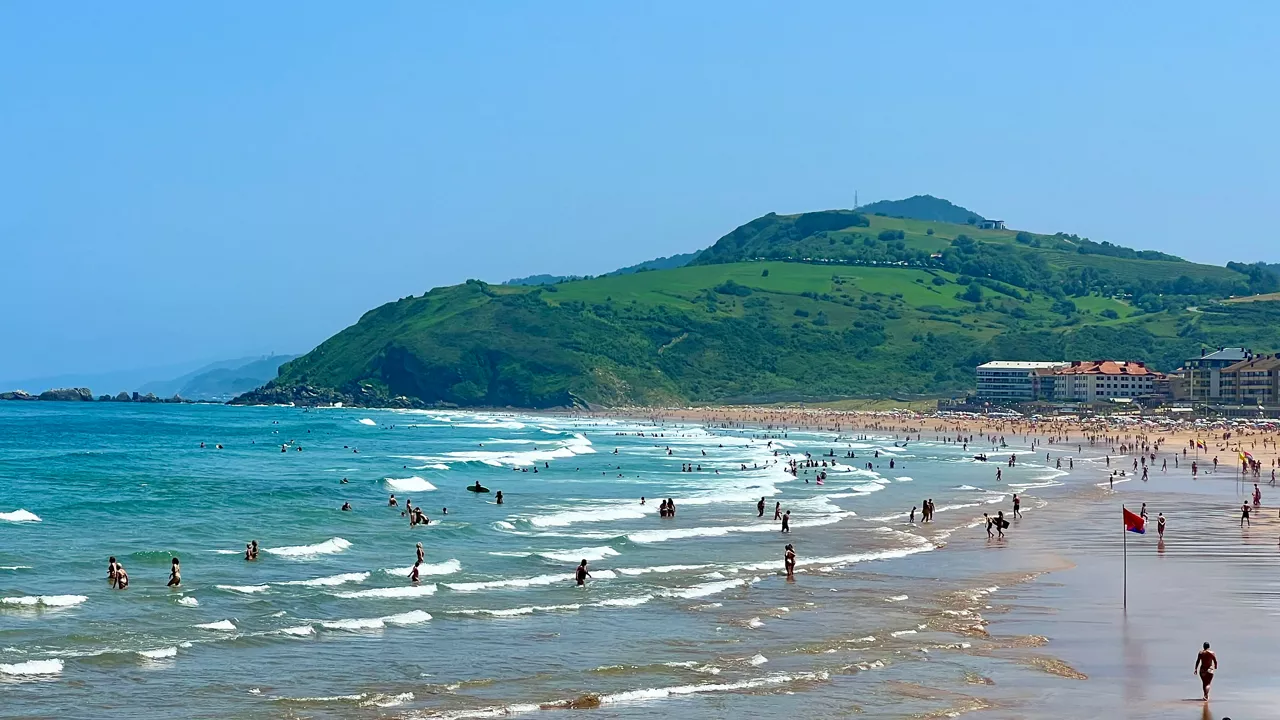
Zarautz City Council will ban smoking on the beach and the use of speakers
The House unanimously approved the new regulation, but the deadline for making allegations remains open until 6 August.
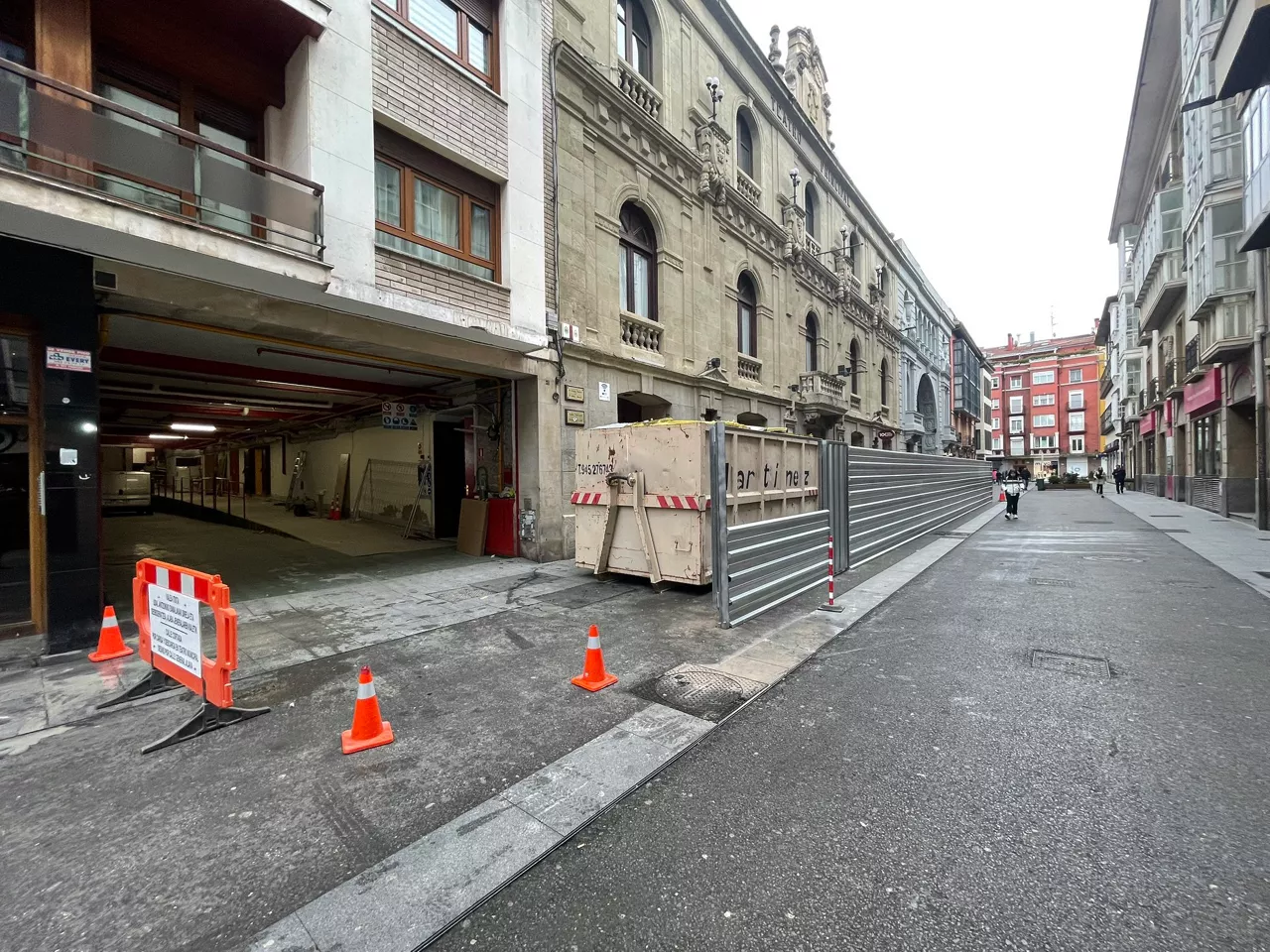
They found traces of a wall during the rehabilitation of the Vitoria-Gasteiz Main Theatre, under the seat yard
Archaeologists will produce a report analysing the discovery, and in the meantime, work will continue normally in the rest of the theater.
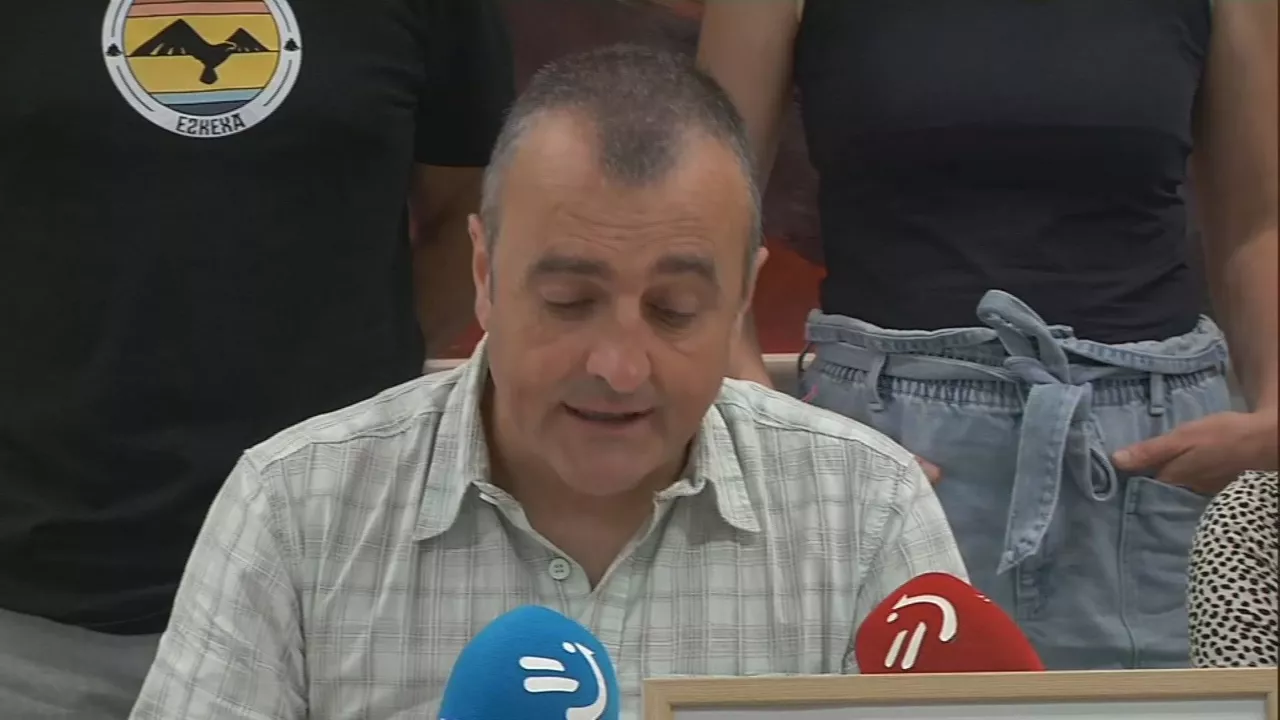
UEMA has called rallies this Saturday in front of the city councils to denounce the latest sentence against the Euskera
The President of the Commonwealth of Basque Municipalities (UEMA), Martin Aramendi, has stressed that the Basque Country needs "justice" and that what has come from the Supreme Court "is not justice, but a sentence condemning the Basque Country to the second level. "" That is why we have considered all the options and are prepared to defend the Basque municipal law in its rightful place, even in the European courts, if the legal services see the possibility of doing so. "

Although late, Saharan children have arrived in the Basque Country
Due to problems with the processing of documents, 213 Saharan children have arrived in the Basque Country 15 days later and will now spend the summer in local families or in shelters until the end of August.
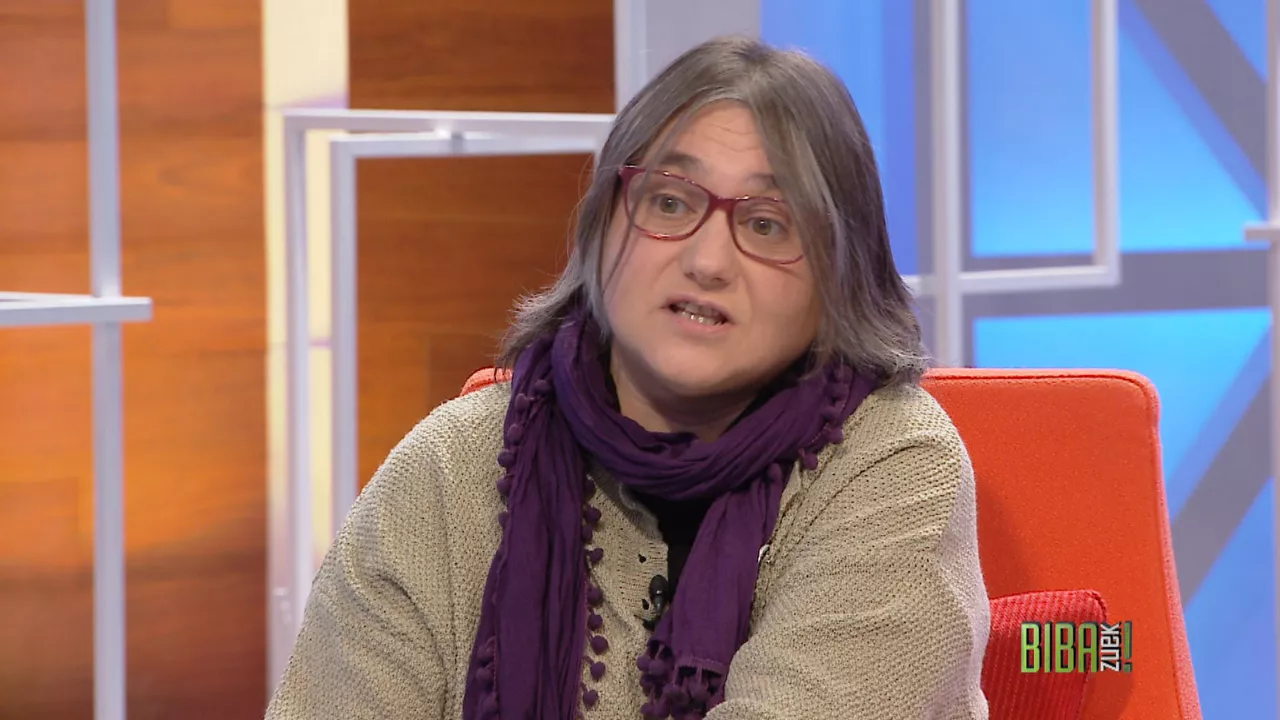
Vizcaíno journalist Izaskun Ellakuriaga Bustintza dies
He worked in various media, including Bizkaia Irratia or the magazine 'Bertsolari', and was a communication adviser to numerous organizations, including the Gerediaga Association and the Durango Fair.
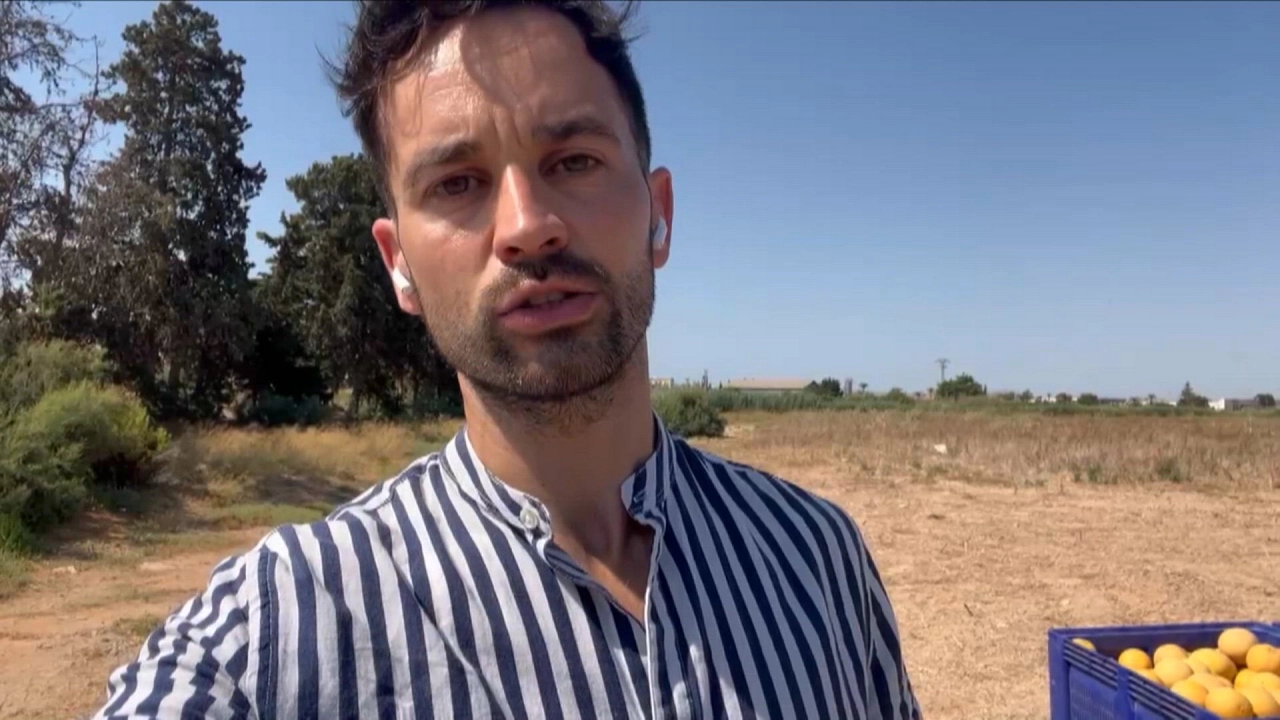
"The migrants of Torre Pacheco only want the ultra-right to restore the coexistence that existed before the situation was shaken."
Asier Sanchez, ETB correspondent in Torre Pacheco, points out from a local melon field that the police presence in the village is enormous, especially in the San Antonio neighbourhood, where the Maghreb population is concentrated. The ultra-right-wingers have called a new rally for today at 8:00, but they are not allowed to do so. Torre Pacheco's neighbors expect a repeat of yesterday's situation.
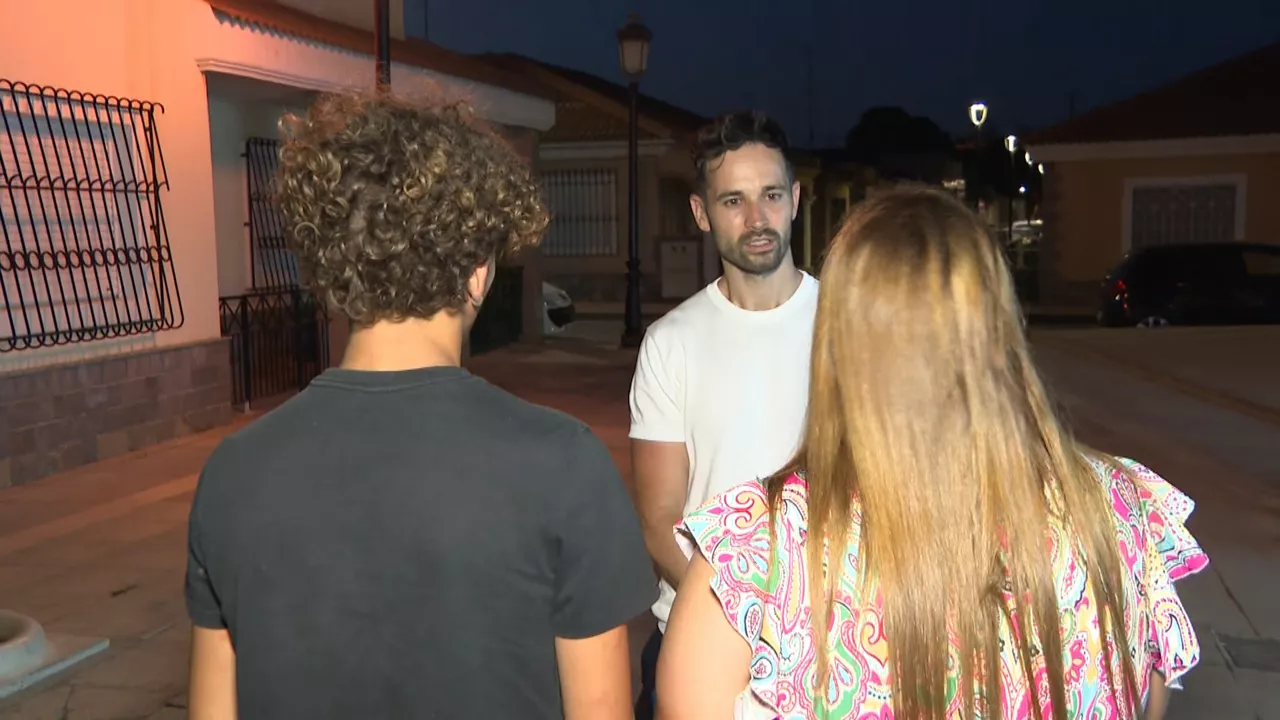
"We're worried and scared. My son doesn't want to leave the house. "
Last Friday a 16-year-old boy was beaten in Torre Pacheco, the son of a Moroccan and a Moroccan woman who lived in this town of Murcia 23 years ago and who went with her friends to a peaceful demonstration to denounce the attack on Domingo, but who was confused with Domingo's assailant by a bull in the nets and lynched by a group of people.
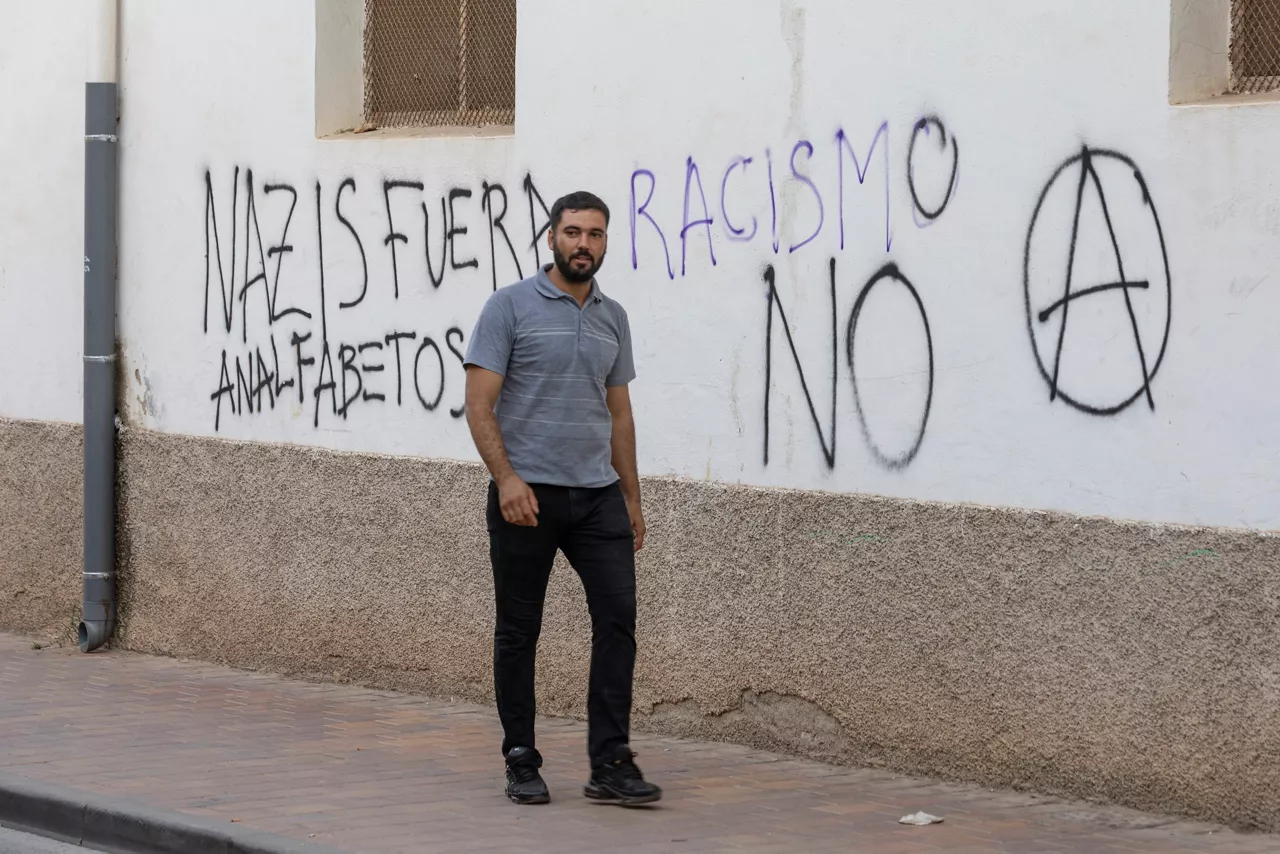
Racist content on the networks is on the rise, using a more "aggressive and sophisticated" speech
The observatory, which monitors hate speech on social media, detected more than 54,000 such content in June: 81% were aimed at people in North Africa, and only 29% of messages were deleted by platforms.

There will be news: favorite summer destinations, yellow warning for heat and interview with Domingo
A summary of what will be news today, in two words.

